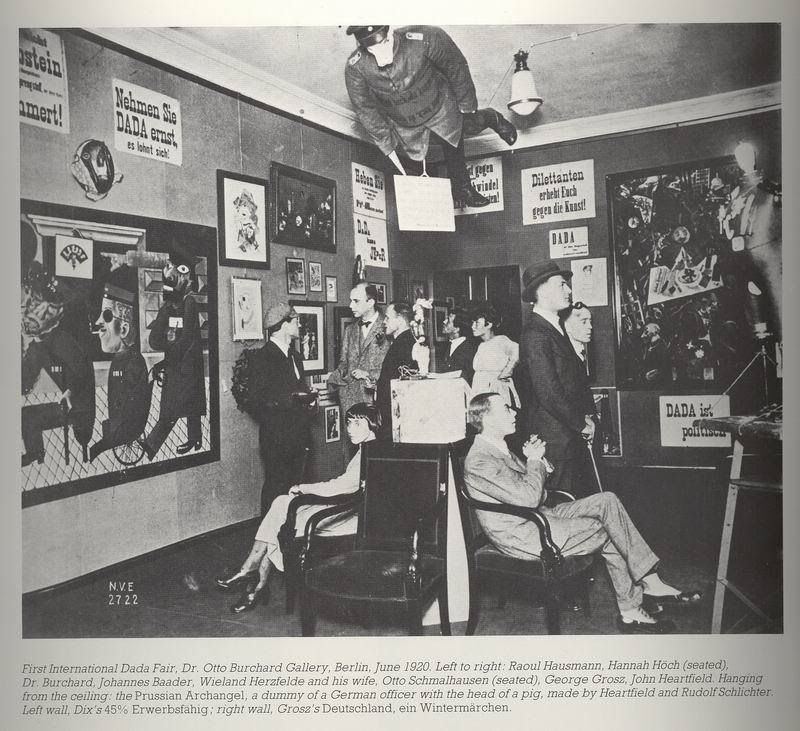
In the foreground of the painting "Venus of Urbino", painted by Titian in 1538, a large nude female sprawls gracefully upon a bed of white linen. In one hand the woman holds a batch of flowers, while her other hand covers her pubic area. Asleep at her tiny feet is an equally small brown and white lap dog. The background of the painting is divided into two equal halves. A solid dark panel takes up the left and the right panel opens up to a scene of two figures in a luxurious spacious room. Both figures are female. One kneels at a trunk and the other stands watching over, holding garments.
The woman in the foreground is the subject of Titian's painting. She lounges in a graceful yet provocative manner with her head slightly turned, eyes gazing at the viewer. She engages and seduces the viewer with her coy expression and erotic pose. The woman seems unconcerned about her nudity. Although her expression is frank and she bares all, there is a feeling of mystery about her. In the woman's right hand is a bouquet of red flowers which she clasps gently and half heartedly. Her left hand rests upon her pubic area, hiding it from view, but Titian has placed the line from the wall directly above, drawing our eyes directly to the forbidden area. The placement of the woman's pubic area is placed provocatively right in the center of the work. The women in the background seem to be searching for Venus's clothing to cover her and keep her modest. Asleep at her feet is the docile lap dog which signifies fidelity. Both the women in the background and the dog give a sense of domestic life. Titian's "Venus of Urbino", although provocative, is alluring and not harshly portrayed; the woman is warm and inviting.
A few hundred years later Manet chose to paint a similar painting but with a hard cold quality. The painting "Olympia," painted in 1863, shows a woman lounging in the same pose as Venus. In contrast, Olympia is shown rigid, angular, and flat. With her head straight and eyes staring directly at the viewer, she does not seduce us or look at us lovingly. Unlike Venus who gazes affectionately up at the viewer, Olympia looks down with cold eyes, daring us to come to her, showing that she is the one in power. This is paired with the reaction of her black cat that bares its teeth at us instead of Venus's passive dog. There is no warmth and affection in Manet's "Olympia" which parodies Titian's "Venus".
Venus of Urbino is a great painting from art in 16th century Europe. This painting does not have much of a philosophical subject that many paintings in the Renaissance had, but it still engages the viewer. I like this painting and others by Titian; he was a master at creating vibrant images and female nudes. This painting is a great example of his rendering the nude female body.









